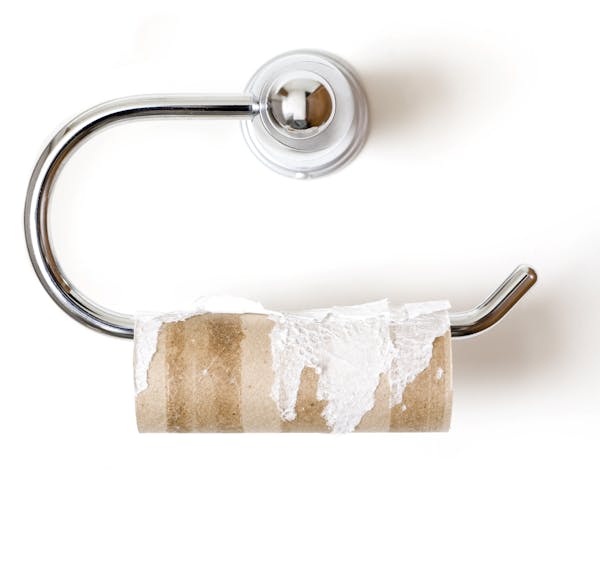Barry Kudrowitz, a toy designer and associate professor and director of product design at the University of Minnesota, finds toilet paper so interesting that he's written an online history of the product.
His research includes data on back-to-front vs. front-to-back wiping, paper under or over the roll, and wadding vs. folding.
Here are some of his highlights on how humans have cleaned themselves down there over the years:
Pre-50 B.C.: Sticks, leaves, stones, water and snow are the preferred materials.
50 B.C.-Middle Ages: There's an upgrade to cloth, wool, hay and a sponge on a stick.
Late 14th-late 19th century: Corn cobs, coconut shells, Sears catalog, Farmers Almanac.
1857-1999: The toilet tissue age, including the perforated roll (1890), "splinter-free" paper (1930), two-ply (1942), scented rolls (1964).
1999: The "paperless toilet" is introduced in Japan that can wash, rinse and blow dry.
Richard Chin
